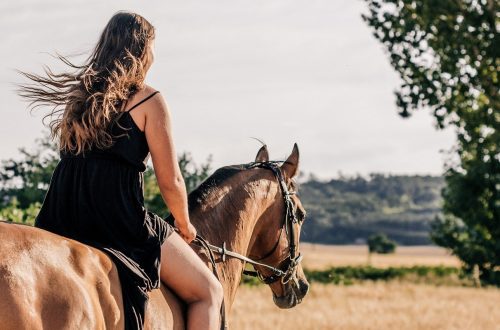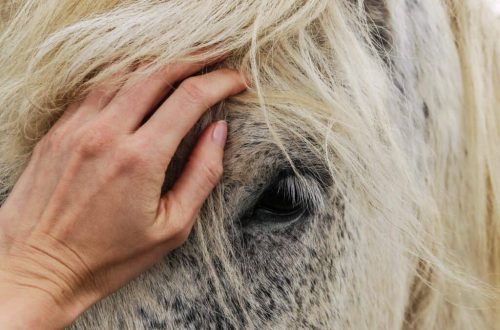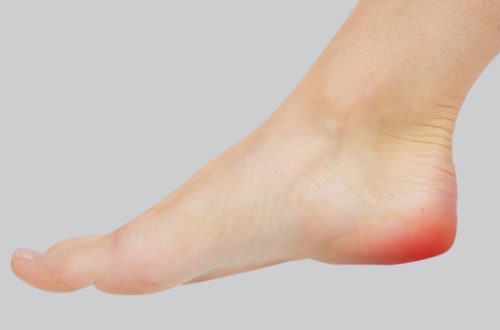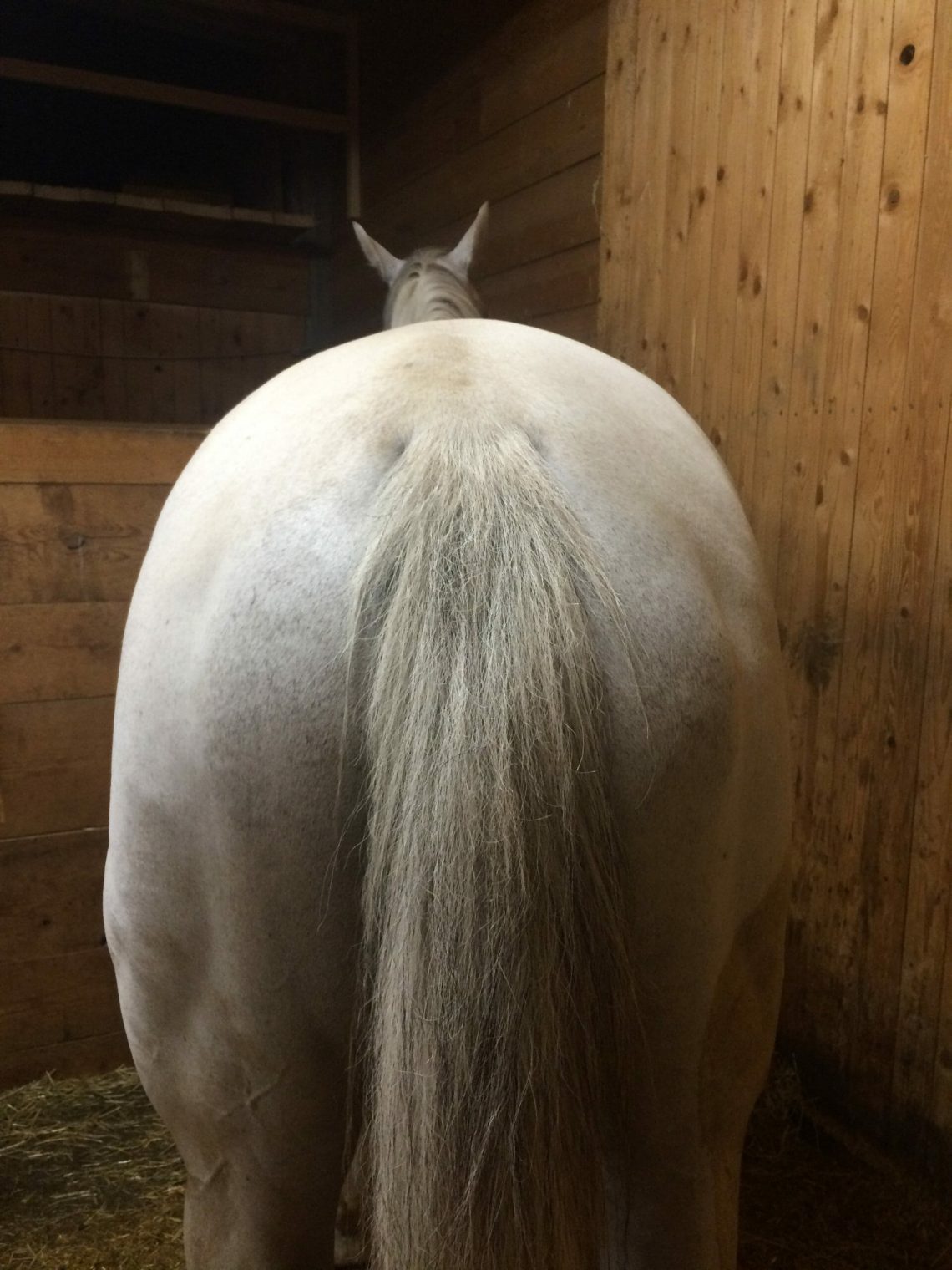
About the natural asymmetry of horses
About the natural asymmetry of horses
Every horse is naturally asymmetrical. Back in the 1552th century, the greatest master Antoine de Pluvinel (1620-1688) described the natural asymmetry of horses. François Guériniere (1751-1808) and Gustav Stenbrecht (1885-XNUMX) also mentioned this phenomenon in their books.
Consider 10 characteristics of natural asymmetry.

1. Lateral asymmetry: the horse bends in one direction better than in the other. One side of the horse is more flexible than the other.
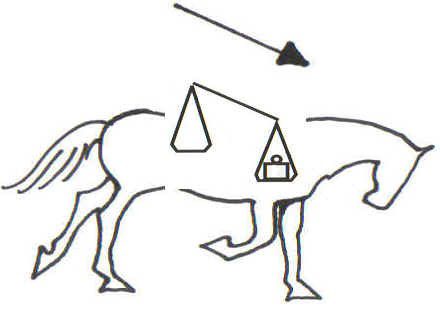
2. Horizontal imbalance: By nature, horses carry about 3/5 of their weight on their front legs and about 2/5 on their hind legs. Thus, the balance on the forehand is considered natural for the horse.
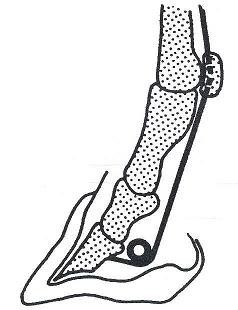
3. front legs: The weight on the front legs is not evenly distributed. Horses, like people, can be left-handed or right-handed.
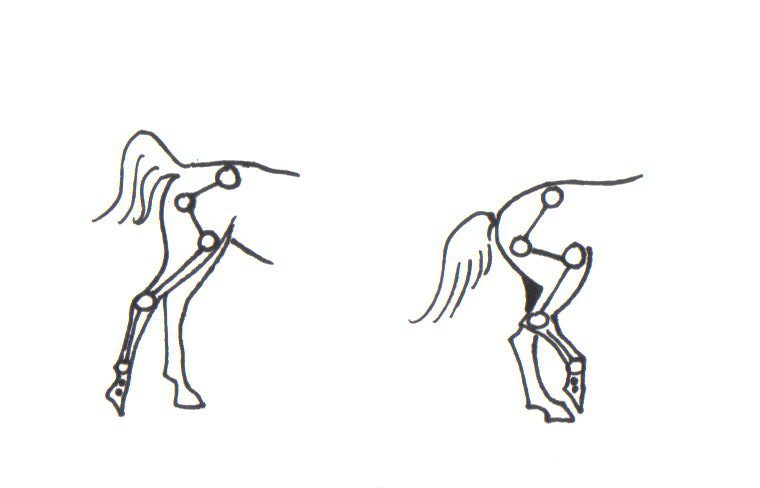
4. hind legs: one of the horse’s hind legs is always stronger than the other. This is the pushing leg, which makes it easier for the horse to move.
5. Front to rear ratio: By nature, the horse in motion puts the shoulders not in line with the hips. When the horse is moved along the side of the arena, this effect is enhanced because the horse’s shoulders are narrower than his hips.
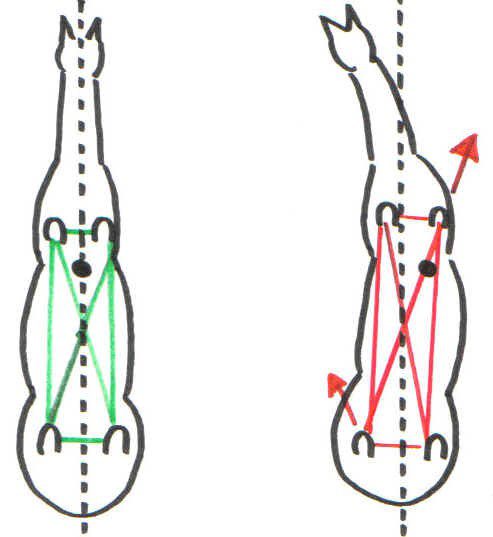
6. Diagonal imbalance: A horse that is not corrected to maintain proper balance usually has a diagonal imbalance – weight is either on the inside or outside shoulder.
7. Vertical imbalance: shifting the balance point can cause the horse to sideways a little, shift sideways when riding in straight lines.
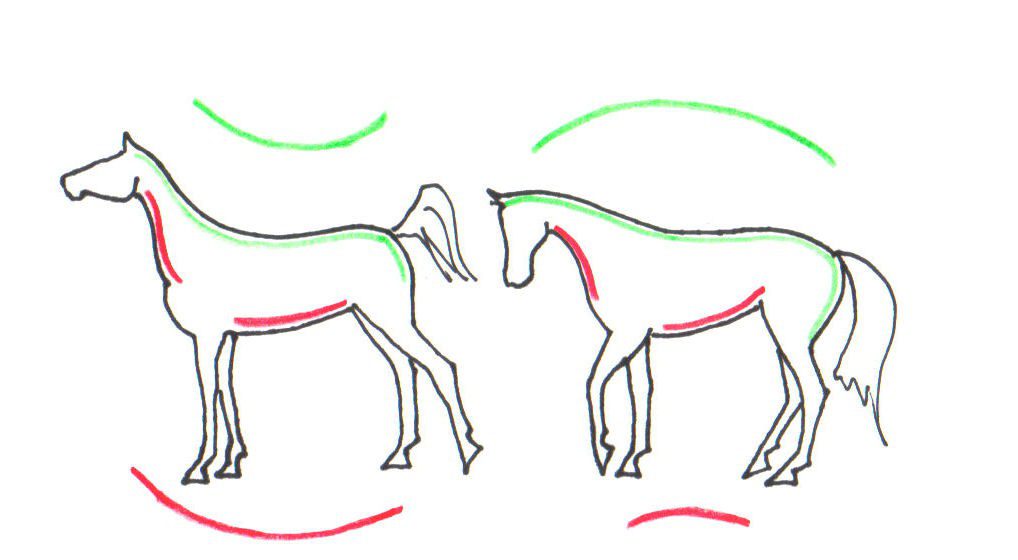
8. Top line imbalance: If the rider does not correct the asymmetries and imbalances mentioned above, over time this will lead to an imbalance between the muscle mass of the forehand and hindquarters, which can later lead to problems in the back.
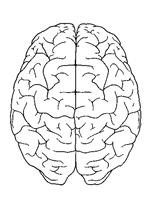
9. mental imbalance: Tension in the back often leads to stress and general imbalance. The right and left hemispheres of the horse’s brain have a different scope of activity. A horse that is in a state of struggle or stress will use the right hemisphere more often.
10 jaw asymmetry: Most horses use one side of the jaw more than the other when chewing, resulting in asymmetric head musculature and uneven teeth wear.
So who’s in trouble?
Asymmetry does not harm the horse in any way. In the wild, she is even essential to her survival.
Problems arise only when the weight of the rider begins to affect the horse.
If the rider does not work on correcting the asymmetry, this leads to muscle misoperation, tension and problems in the back and legs of the animal.
Tension and pain lead to the fact that the horse is constantly in a state of stress.
When riding, you can see:
Vertical imbalance
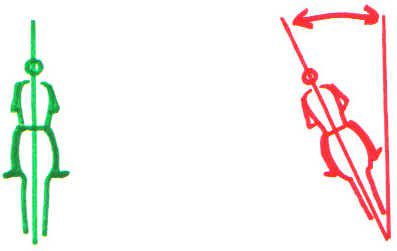
Outer shoulder protrusion
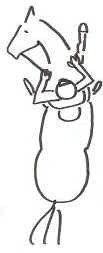
Uncontrolled acceleration of the horse
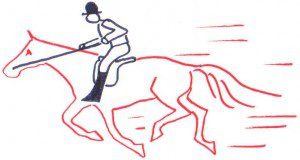
Thus, the rider must recognize the natural asymmetry and imbalance of the horse and help him develop symmetry in his body and limbs.
What is the solution?
Natural asymmetry is a muscle problem and can be solved with straightness training. His end result is a straightened horse.
Straightened horse:
- symmetrically developed in the body and limbs;
- symmetrical in movements, equally well performs exercises to the left and right;
- demonstrates the collection, facilitates before.
Training aimed at straightening will allow the horse to develop physically: it will become more flexible and maneuverable, it will be able to bring the hindquarters, to collect. In addition, they will have a positive effect on the psychological state of the animal: the horse will work without stress, while maintaining confidence, in harmony with the rider.
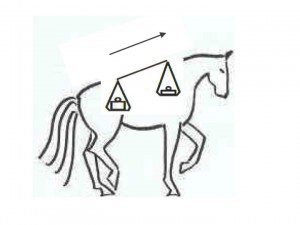
Marika de Jong; translation by Valeria Smirnova (source)



